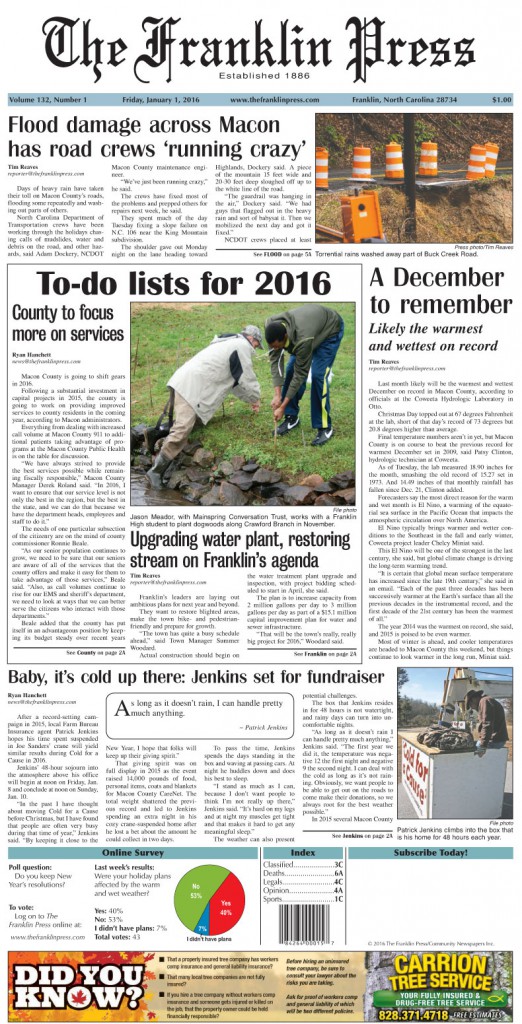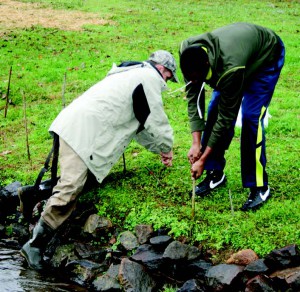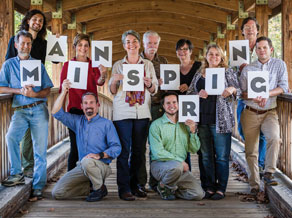The Winter 2016 issue of Plough to Pantry includes the story “Farm philosophy and the art of raising local sustainable beef” by Frances Figart and Tina Masciarelli, that features the Mainspring-conserved Ridgefield Farm in Brasstown, North Carolina.
Read the full digital issue of Plough to Pantry online.

Excerpt:
At the other end of the sustainable spectrum is Ridgefield Farm in Brasstown, which houses anywhere from 500 to 1,200 Braunvieh and Angus on 1,023 acres. The farm operation provides more than 20 full-time jobs. “We actively manage our land, pasture and forest alike to maintain a healthy ecology that supports organisms at every level,” says owner-operator Steve Whitmire, whose family has been farming in western North Carolina since the 1700s. “From a sustainability standpoint, through rotational grazing, cattle can help control the growth of noxious weeds.”


 FRANKLIN – Quick: Where is the Land Trust for the Little Tennessee located?
FRANKLIN – Quick: Where is the Land Trust for the Little Tennessee located?
